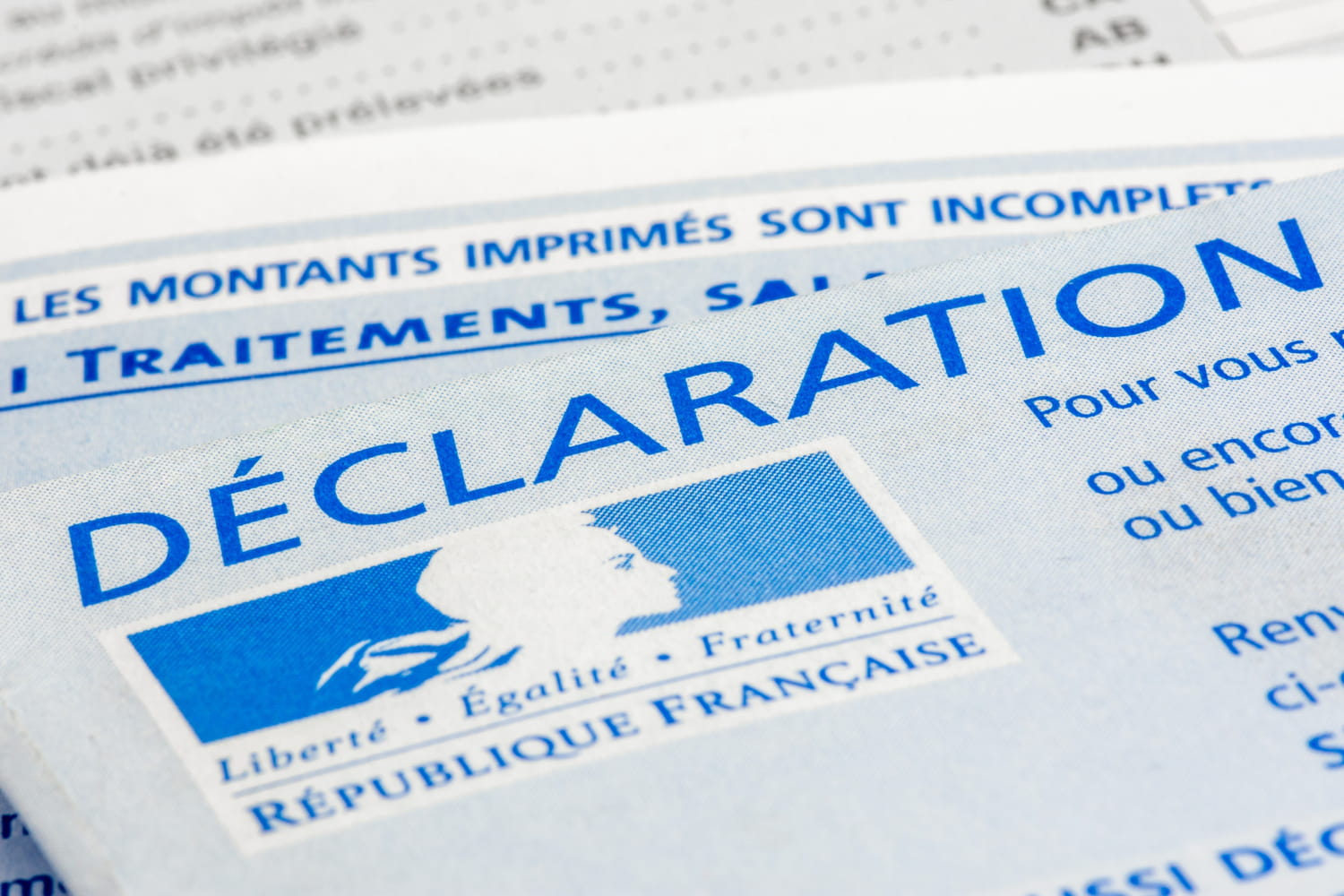Penalties and tax audits: every year too many taxpayers make the same mistake in their declaration and are exposed to serious sanctions. All because of widespread misinformation.
Filling out just one line on your tax return can be very expensive. Although there are only a few days left for 40 million taxpayers to fill out their tax returns, mentioning the income earned in 2023, some have to be extra careful. Indeed, the smallest mistake can have significant consequences for households.
Namely, if the tax administration finds an error on the form submitted by the taxpayer, it can accuse him of fraud. Households found with an incorrect tax return are exposed to severe sanctions imposed by the Directorate General for Public Finance (DGFIP), such as fines, tax increases or tax audits.
However, the tax authorities regret the mistake that is repeated among taxpayers every year. The latter incorrectly fill in the box that should give them a significant tax benefit. As a result, instead of taking advantage of this advantage, they end up with an incorrect declaration, and sometimes have to pay a penalty. In question, making this mistake is underestimating the income reported to the DGFIP, which often leads to suspicion of tax fraud.

This common pitfall is related to a change in tax rules that took place two years ago in France. The rule indicated the procedure for filling out part of the tax return. However, many households are unaware of this change and continue to use the old method. In addition, many media continue to report bad information, encouraging more and more taxpayers to make this mistake that risks costing them dearly.
The error in question refers to the entry of profession-related deductions in field 1GA of the income tax return. This is especially the case for babysitters. The professional allowance is a tax relief granted to certain professions, due to the specific costs they generate. It allows you to deduct a lump sum from taxable income, thereby reducing the tax payable.
Previously, taxpayers themselves had to subtract the amount of their professional allowance from their taxable income, and then enter the final result in section 1AJ of their application. This method required some caution on the part of the declarers, so as not to make a mistake in the calculation.
For two years now, taxpayers simply have to declare the amount of the relief in section 1GA, without deducting it themselves. The calculation is actually carried out automatically by the tax administration. The tax authorities are then responsible for calculating the final taxable income, taking into account the tax credit.
Unfortunately, many taxpayers still deduct the amount of their allowance themselves in field 1AJ. This mistake can be very damaging to them, as it causes the deduction to be applied twice, thus distorting the overall income tax calculation.
